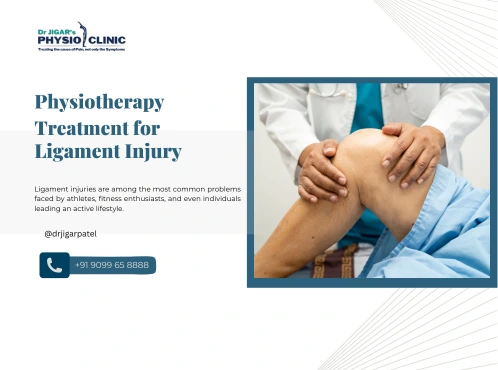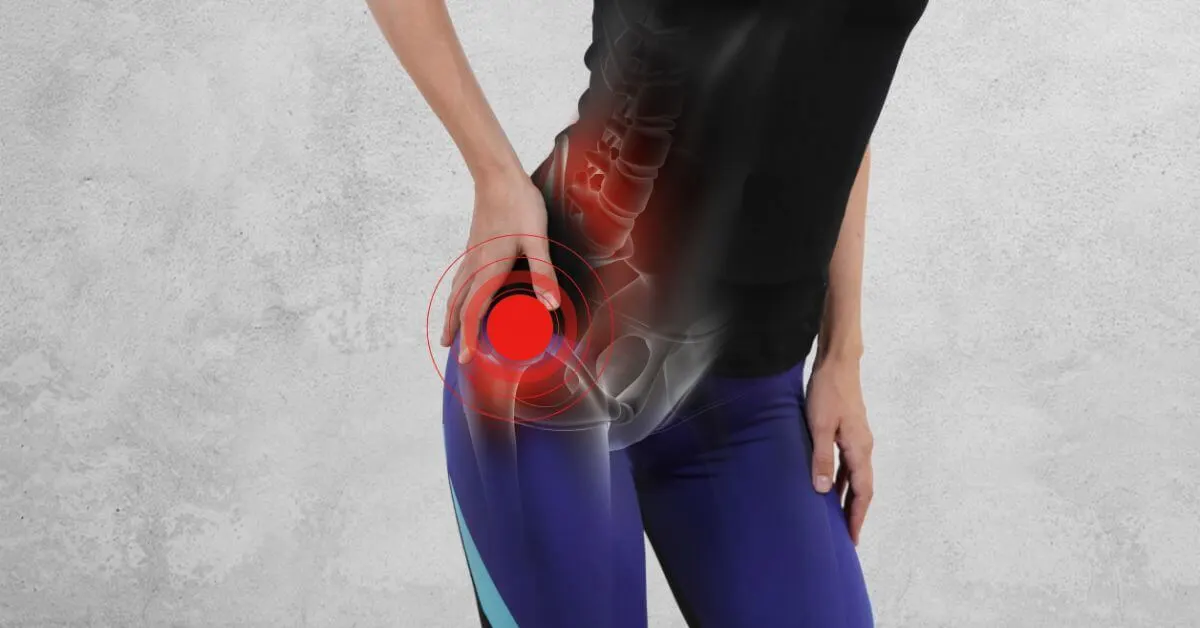Understanding Dry Needling and Nerve Interaction
Common Causes of Back Pain
Dry needling works by targeting myofascial trigger points, which are tight bands of muscle that can cause pain and dysfunction. These trigger points often form due to muscle overuse, injury, or stress. The procedure helps in reducing pain, improving blood circulation, and enhancing muscle function.
However, nerves run throughout the body, including near or within muscles. If a needle inadvertently contacts or irritates a nerve, it may cause temporary discomfort or, in rare cases, a more significant reaction.
What Happens If Dry Needling Hits a Nerve?
Mild Tingling or Electrical Sensation
When a needle touches or slightly irritates a nerve, you may feel a quick tingling or a mild "electric shock" sensation. This reaction is temporary and usually subsides within seconds to minutes.
Muscle Twitch or Spasm
Some patients experience muscle twitches when a needle is inserted near a nerve. This is often a positive sign indicating that the trigger point is being released.
Temporary Numbness or Weakness
If a nerve is slightly irritated, you may feel temporary numbness, tingling, or weakness in the affected area. This effect is typically short-lived and resolves within a few hours.
Pain or Soreness at the Injection Site
In some cases, hitting a nerve can cause localized pain or soreness. Applying ice packs or heat therapy can help reduce discomfort.
Rare Cases: Nerve Irritation or Inflammation
In very rare instances, prolonged irritation may cause nerve inflammation. Symptoms such as prolonged pain, numbness, or tingling should be evaluated by a physiotherapist.











































Get In Touch